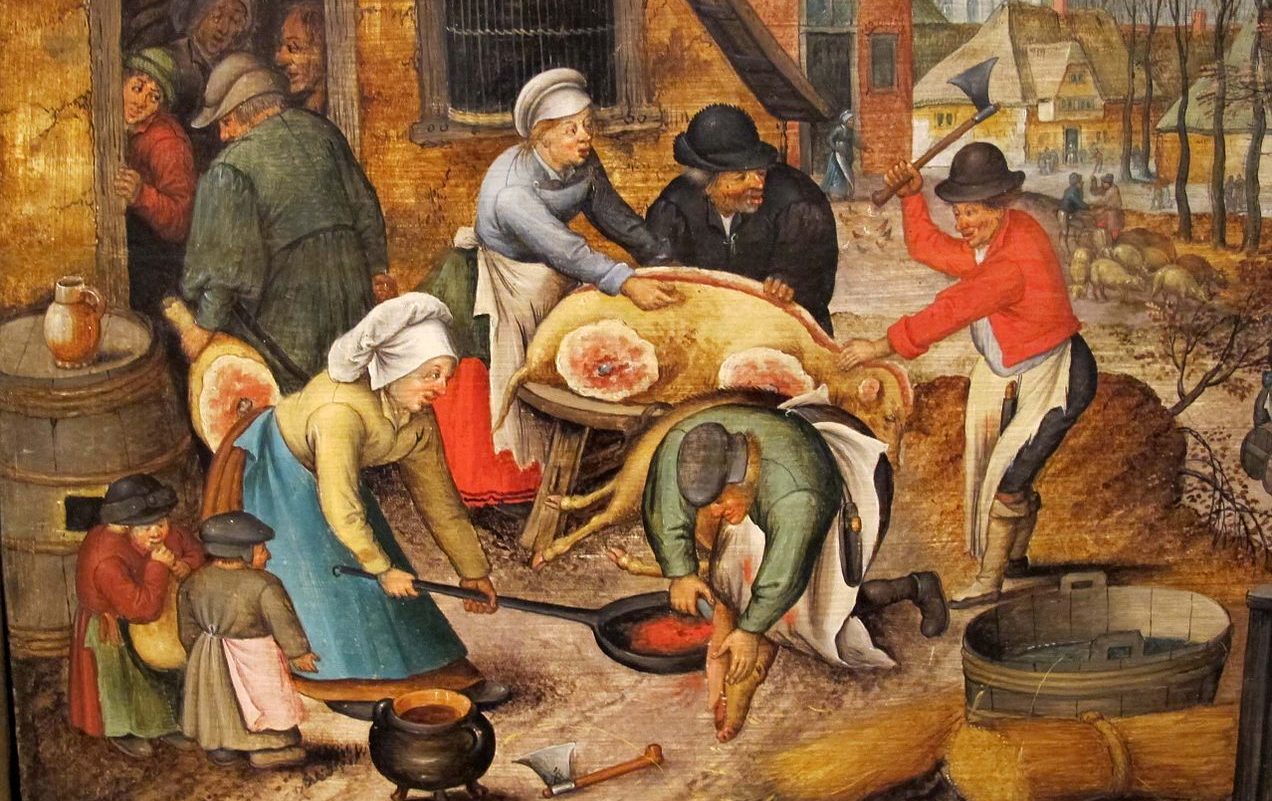ShareEven if medieval authors often stressed how the plague affected everyone equally, be it the young or the old, the poor or the wealthy, archaeological evidence points to the contrary. Like the COVID-19 pandemic, the plague took a larger toll on underprivileged individuals. Bioarchaeological evidence shows that malnutrition, prior infections and traumas – more common among poor families – increased risks of mortality during epidemics and famines. The poor had a shorter life expectancy than the wealthy and victims of plagues were predominantly from non-elite families. In sum, poor peasants lost far more children to the plague than wealthy merchants or aristocrats.
The Black Death may have killed the young and the old alike. But the plagues that followed the initial outbreak of 1348 took a larger toll on the young. In Sienna, Italy, children age 12 and under made up 88% of the victims buried during the 1383 plague epidemic. At the opening of the fifteenth century, underage skeletons made up almost two-thirds of the Sienese burials. In London, England, the average number of children per family dropped in the decades following the Black Death. During the plague of 1361-62, sometimes nicknamed the “plague of children,” two-thirds of the testators of the rural town of Manosque, southern France, were childless.
In the rural areas of the diocese of Maguelone, Languedoc, between c. 1325 and the outbreak of the first plague epidemic, testators had on average 2.8 live children. Between 1350 and 1375, the average dropped to 1.9 and continued to decrease, reaching a low of 1.4 children per testator between 1400 and 1424. Fortunately, families soon began to expand, as Western European sources suggest that there was a “baby boom” in the fifteenth century. The threshold for population renewal (two children per couple) was thus reached by the mid-fifteenth century. (Read more.)
Tota pulchra es Maria
4 days ago


















No comments:
Post a Comment